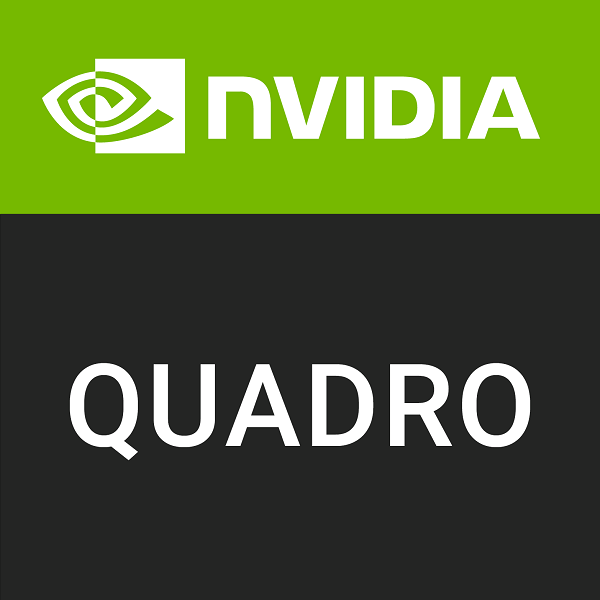NVIDIA Quadro P1000 vs NVIDIA Quadro K5000 SYNC
We compared two Professional market GPUs: 4GB VRAM Quadro P1000 and 4GB VRAM Quadro K5000 SYNC to see which GPU has better performance in key specifications, benchmark tests, power consumption, etc.
Main Differences
NVIDIA Quadro P1000 's Advantages
Released 4 years and 1 months late
Boost Clock1480MHz
Lower TDP (47W vs 122W)
NVIDIA Quadro K5000 SYNC 's Advantages
Larger VRAM bandwidth (172.8GB/s vs 80.19GB/s)
896 additional rendering cores
Score
Benchmark
FP32 (float)
Quadro P1000
1.894 TFLOPS
Quadro K5000 SYNC
+14%
2.169 TFLOPS
Graphics Card
Feb 2017
Release Date
Jan 2013
Quadro
Generation
Quadro
Professional
Type
Professional
PCIe 3.0 x16
Bus Interface
PCIe 2.0 x16
Clock Speeds
1266 MHz
Base Clock
-
1480 MHz
Boost Clock
-
1253 MHz
Memory Clock
1350 MHz
Memory
4GB
Memory Size
4GB
GDDR5
Memory Type
GDDR5
128bit
Memory Bus
256bit
80.19GB/s
Bandwidth
172.8GB/s
Render Config
-
-
-
5
SM Count
-
640
Shading Units
1536
40
TMUs
128
32
ROPs
32
-
-
-
-
-
-
48 KB (per SM)
L1 Cache
16 KB (per SMX)
1024 KB
L2 Cache
512 KB
-
-
-
Theoretical Performance
47.36 GPixel/s
Pixel Rate
22.59 GPixel/s
59.20 GTexel/s
Texture Rate
90.37 GTexel/s
29.60 GFLOPS
FP16 (half)
-
1.894 TFLOPS
FP32 (float)
2.169 TFLOPS
59.20 GFLOPS
FP64 (double)
90.37 GFLOPS
Board Design
47W
TDP
122W
200 W
Suggested PSU
300 W
4x mini-DisplayPort 1.4a
Outputs
2x DVI
2x DisplayPort 1.2
1x SDI
None
Power Connectors
2x 6-pin
Graphics Processor
GP107
GPU Name
GK104
GP107-860-A1
GPU Variant
-
Pascal
Architecture
Kepler
Samsung
Foundry
TSMC
14 nm
Process Size
28 nm
3.3 billion
Transistors
3.54 billion
132 mm²
Die Size
294 mm²
Graphics Features
12 (12_1)
DirectX
12 (11_0)
4.6
OpenGL
4.6
3.0
OpenCL
3.0
1.3
Vulkan
1.1
6.1
CUDA
3.0
6.4
Shader Model
5.1





